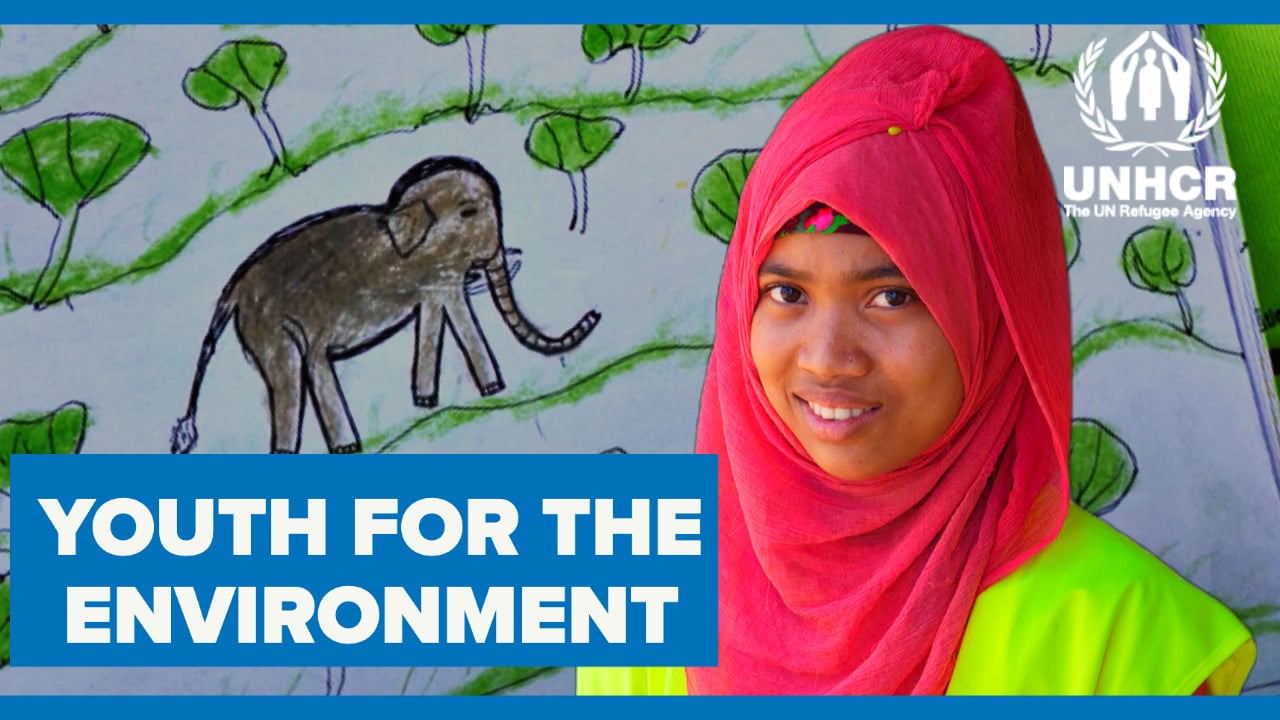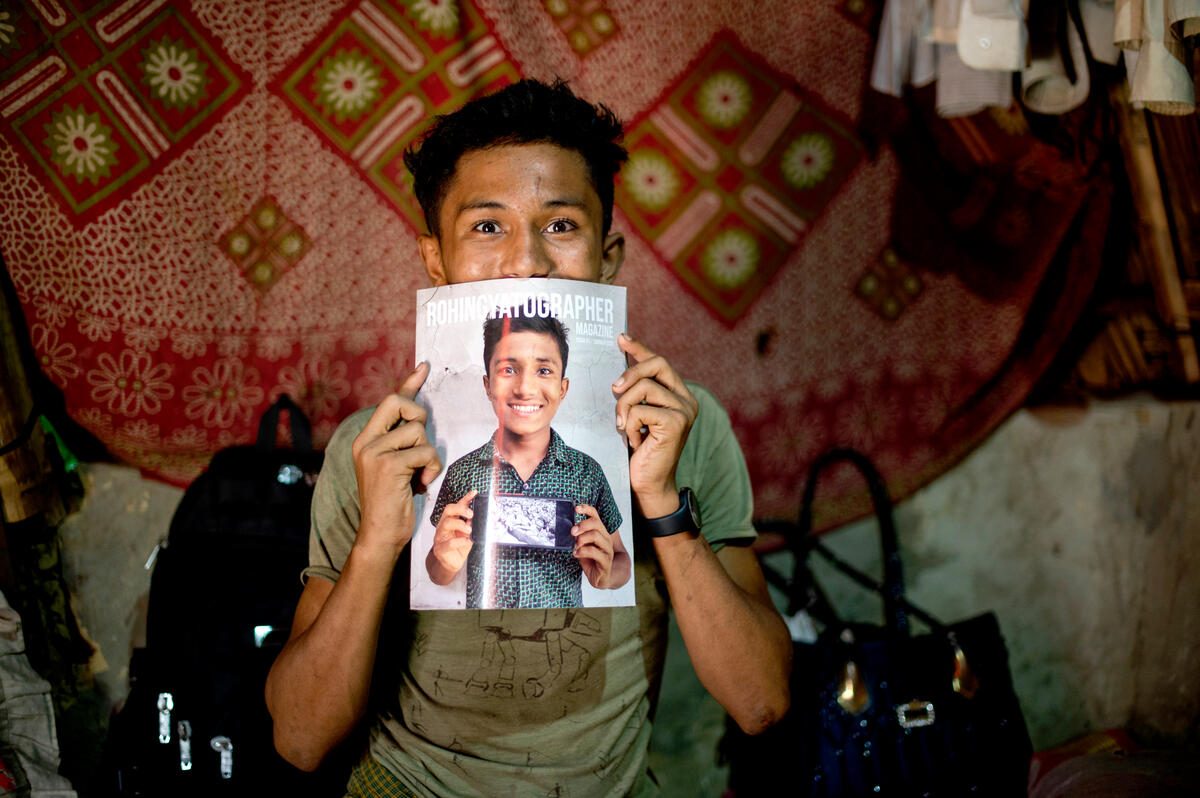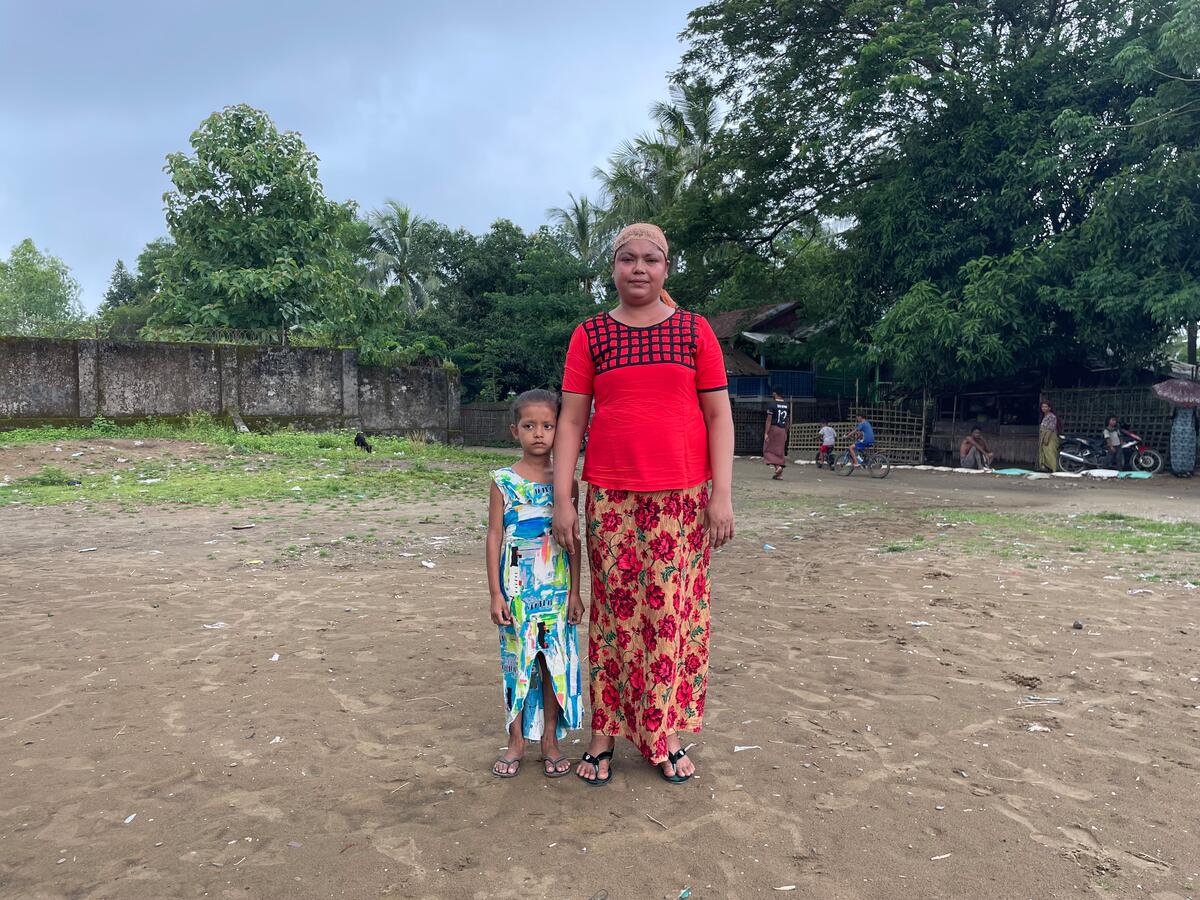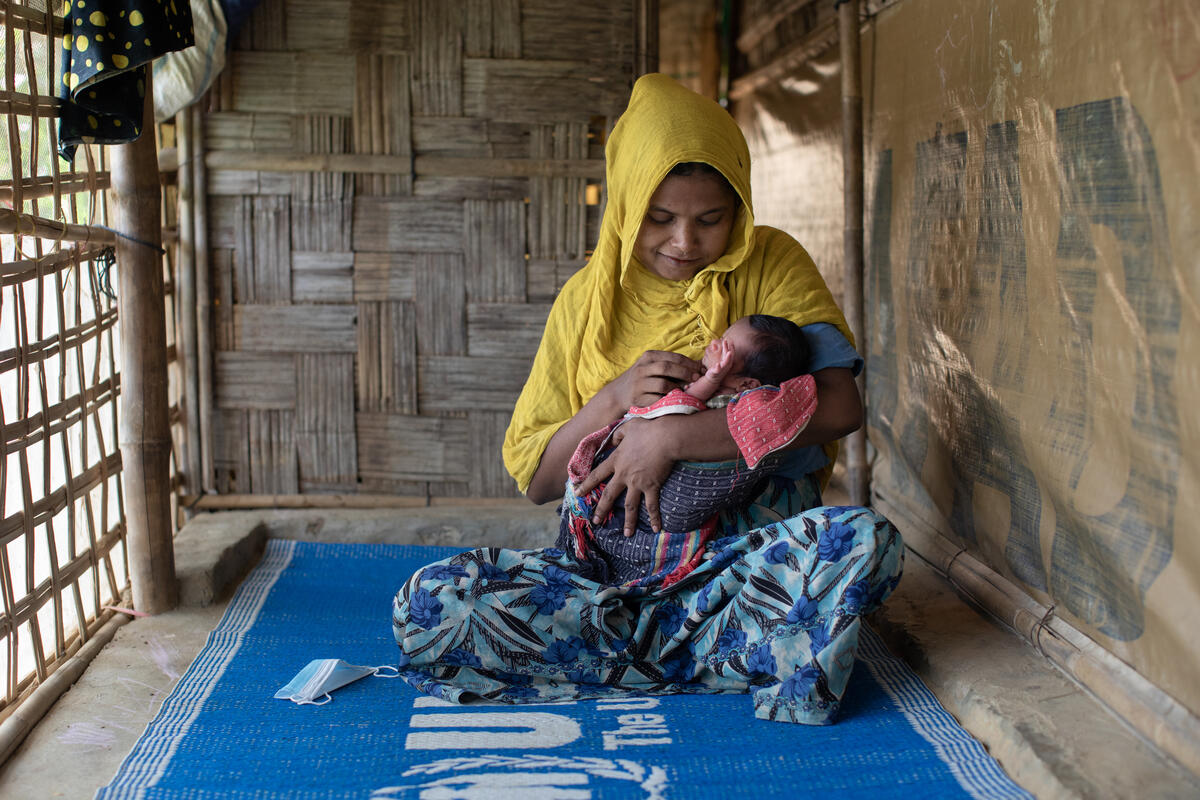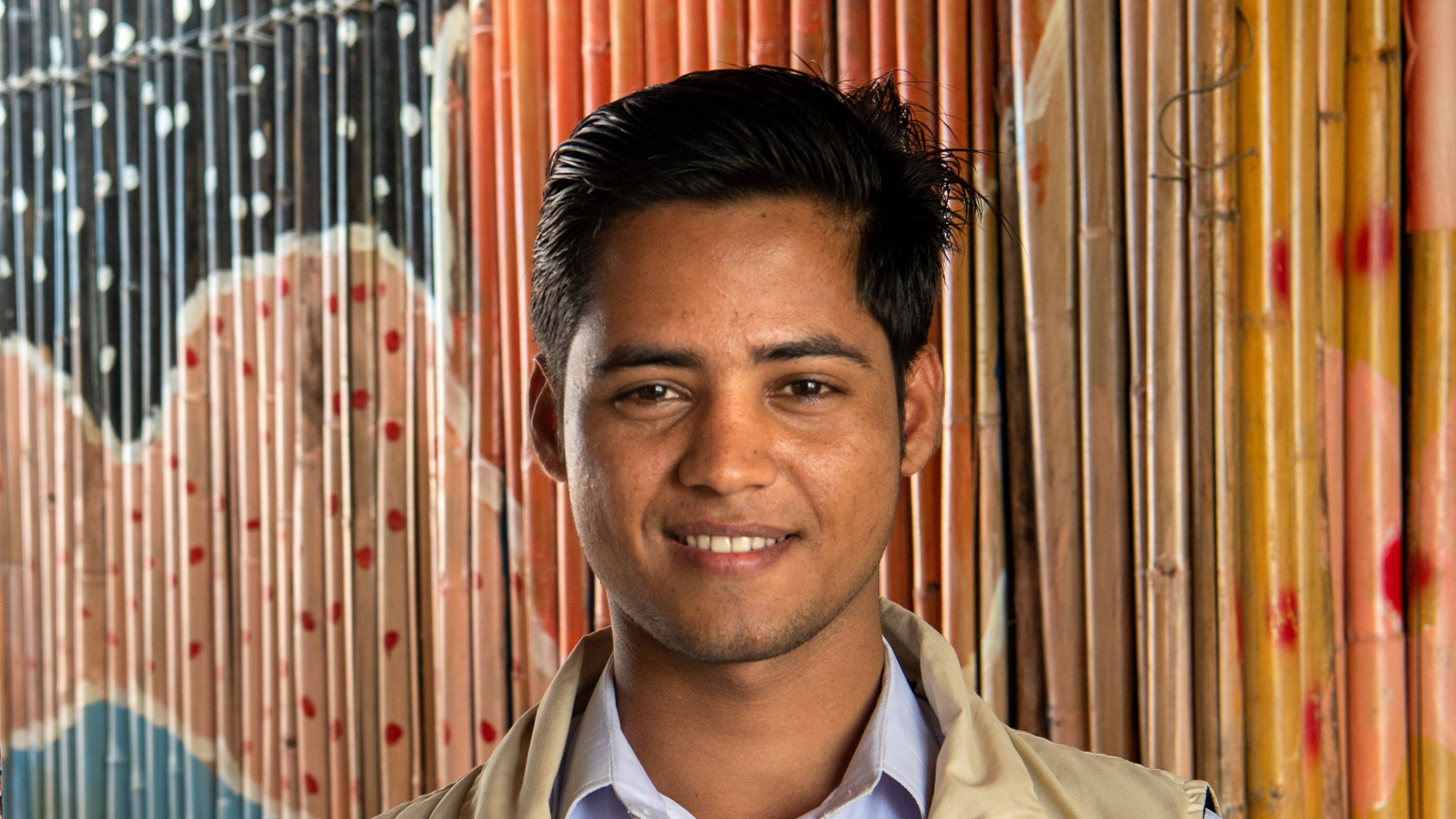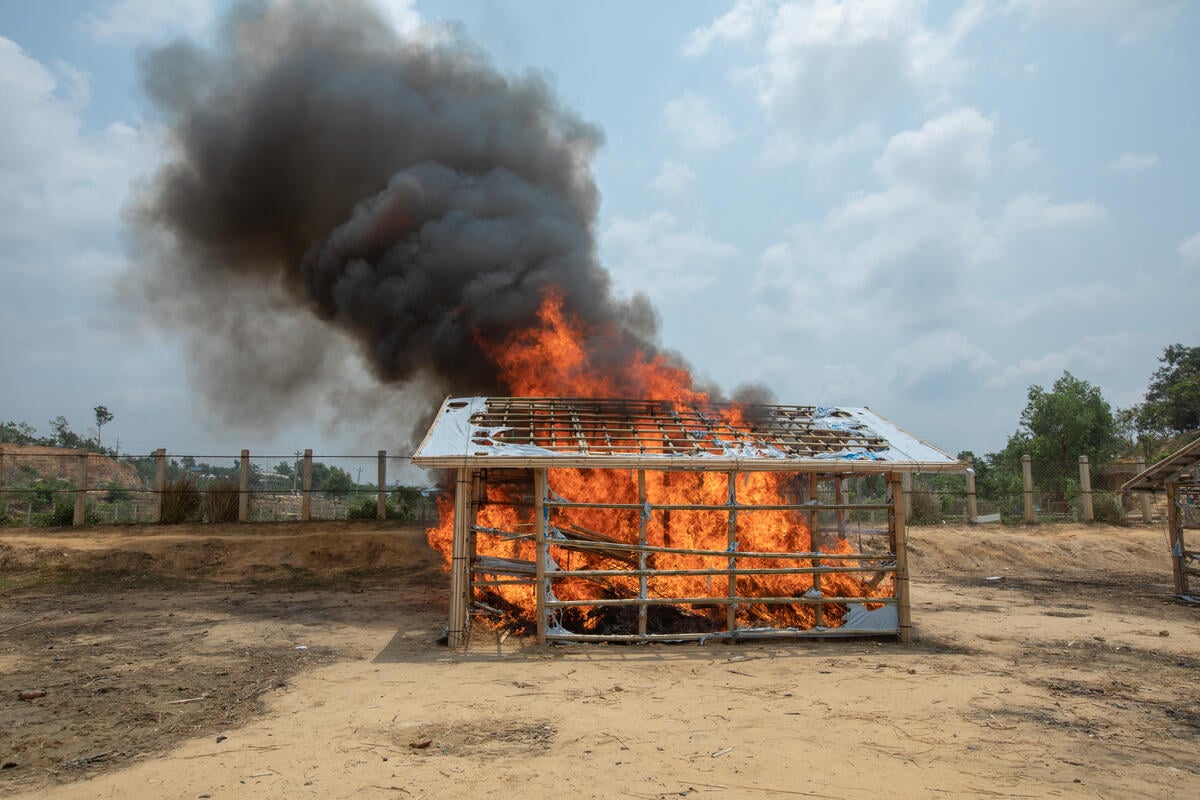Mud and rain worsen plight for Rohingya refugees
Mud and rain worsen plight for Rohingya refugees
Thousands of Rohingya refugees living in an informal settlement in Bangladesh need shelter, food and water.

KUTUPALONG REFUGEE CAMP, Bangladesh – When her village was torched in Myanmar, Rabeya Khattm gathered up her six children and fled through monsoon rains.
Frequently drenched on the eight-day slog over rough terrain to reach Bangladesh, two of her children came down with chills.
But now she is finally in the dry, under a UNHCR tarpaulin, her children – aged a few months to 11 years – gathered around her on a plastic sheet, her sick baby under a cloth in her lap.
"The rain cannot attack me anymore.”
“It was raining all yesterday, and we couldn’t sleep – but now the rain cannot attack me anymore,” she says.
An estimated 421,000 Rohingya – a largely stateless Muslim minority in Myanmar – have arrived in Bangladesh since the latest bout of violence broke out on August 25.
Rabeya is among thousands of children, women and men in this informal settlement outside Kutupalong refugee camp in Bangladesh who are now benefitting from a UNHCR aid delivery.
UN Refugee Agency staff have provided some 150 family tents to newly arrived refugees, and have 6,000 more that will arrive in coming days, said Franklin Golay, a member of UNHCR field staff and part of a team providing water, latrines, tents and shelter in the area.
UNHCR is also providing tarpaulins to refugees in the settlement, which sprawls over rugged terrain, made soggy by seasonal downpours. Mud is ankle deep on pathways.

“Shelter is key, as we still have a lot of people sleeping along the roads without anything,” said Golay, who estimates the population of the informal settlement at around 15,000, and growing daily.
“Water and sanitation is also a vital issue because you have open defecation and people drinking water from unprotected sources,” he added.
While Rabeya and her children are now receiving help, many are still exposed to the elements and are struggling – among them 65-year-old Khadija, who fled Myanmar after attackers burned her village to the ground.

Exhausted after a week-long foot journey, she lies slumped on the ground. Her teeth stained deep red from chewing betel nuts to ward off hunger.
“I am getting weaker and weaker,” she says. Asked what she needs, she said, “Shelter, food, water and medicine.”
With her is Amina Khadun. She holds out an arm broken in the attack on her village.
Untreated, it dangles at an unnatural angle.
“I need help,” she says. “I don’t have shelter, I don’t have anything to eat. I have nothing.”
Your support is urgently needed to help the children, women and men refuges in Bangladesh. Please give now.


